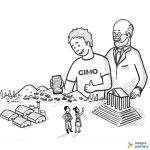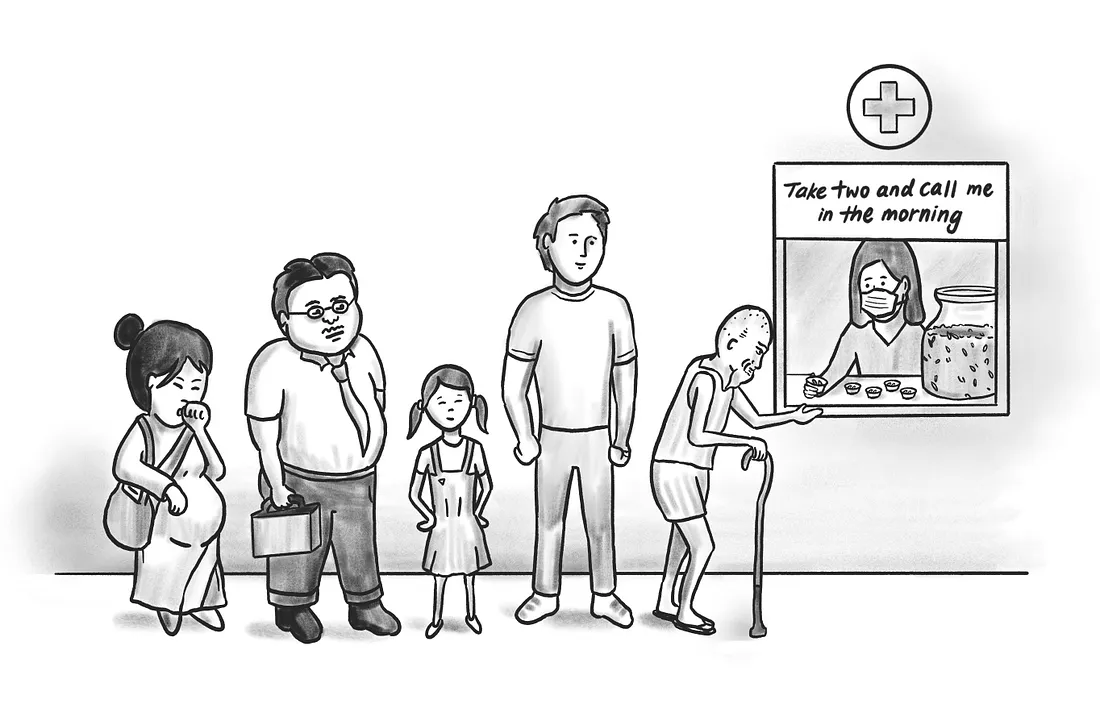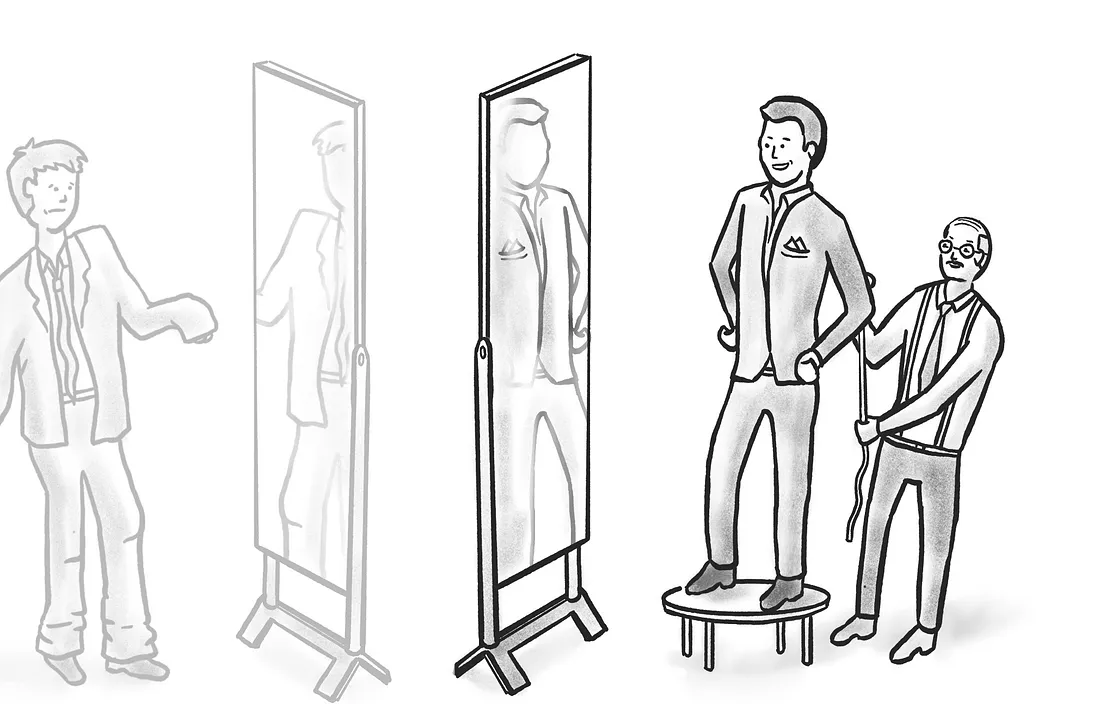
Why We Invested: GIMO
29 December, 2021
The future of chronic care management: Why We Invested in Elfie
23 May, 2023Ending the tyranny of the “average”: Why We Invested in NalaGenetics
19 April, 2022
This is the fifth installment of our “Why We Invested” series, where we’ll go into every investment we make from Integra Partners Fund II and talk about the problems that our portfolio companies are addressing, and what they’re doing about it. (You can find the rest of the series here.)
An Average Person
On average, the modern world was not designed for you. It was designed for the average person. Standardized tests, building codes, insurance rates, clothing sizes, The Dow Jones — all these measurements are based around the concept of an “average.” But how did the concept of the “average person” come about?
Roman Mars’ excellent and entertaining podcast, 99% Invisible, talks about the invention of the concept in its introduction to Episode 226 — we’ll leave you to listen on your own time. (That’s where we stole our intro from, to give credit where it’s due.) Some relevant tidbits from the podcast, however, is that the advent of factory-based manufacturing has supercharged the concept of the “average person” to the point where it has become the silent assumption underlying all sorts of goods and services — even though there is no such thing as an average person.
Designing things for an average person can have dire consequences. The podcast episode talks about a young Harvard graduate named Gilbert Daniels who in the 1950s measured thousands of airmen against a set of 10 critical physical dimensions that formed the basis of air plane cockpit design in the US Air Force. Not a single man he measured was average across all 10 dimensions — and that was the reason behind the Air Force’s inexplicable multi-decade high death rate. Designing the Air Force’s cockpits for the average person made their planes literal death traps.
An Average Patient
The standardization problem in medicine still persists to a large extent. Just take a look at the label instructions on over-the-counter drugs — the familiar “take 2 pills every 8 hours”. But are you an 18 year old Chinese woman? Or a 60 year old Indian man? Regardless, the instructions are the same. That’s a little oversimplified, of course — in prescription medication, doctors sometimes calibrate dosage instructions based on medical history, symptom persistence and severity — but most of the time, no one is taking your genetic makeup, environment, or lifestyle into consideration. Many drugs that are on the market today are “one size fits all,” but don’t in fact work the same way for everyone. It can be difficult to predict who will benefit from a medication, not respond at all, or experience adverse drug reactions.
Pharmacogenomics and Personalized Medicine
That’s a problem that NalaGenetics aims to solve. The company’s two founders, Levi and Astrid, met at ASTAR’s Genomic Institute of Singapore, where they invented a way to predict life-threatening adverse reactions to an anti-leprosy drug used in Indonesia before founding NalaGenetics. NalaGenetics is a pharmacogenomics startup (pharmacogenomics analyzes how the genetic makeup of individuals affects their response to various drugs and therapies). NalaGenetic’s core product is a Clinical Decision Support system that enables doctors to access and interpret their patients’ genetic data, aided by the Company’s test kits. In the initial instance, the system helps doctors to determine if their patients are likely to react well to the drugs that they prescribe, so drug recommendations become more personalized for patients, rather than a statistical guessing game (where doctors might think: 70% of patients tend to respond well to this drug, so let’s try that first, and if that doesn’t work then let’s try this other drug next, and then this other one and this other… etc.).
Avoiding trial and error saves a huge amount of time and cost, but more importantly also tends to deliver better health outcomes. For a single patient, avoiding weeks or months of ineffective or even (for them) dangerous treatments have the potential to be life-changing. When you add this up across thousands and then hundreds of thousands of patients, though, it has the potential to change the game in how healthcare systems can free up wasted resources, which sounds seriously unsexy but is hugely important in a world where medical costs are rising at a rate of 8%-20% a year.
Predicting and Preventing Illness
But pharmacogenomics is just step one. Think of it as leveling up in a video game. In level one, NalaGenetics works on preventing adverse drug reactions through genetic testing. In level two, NalaGenetics hopes to predict and prevent illness in the first place, through something called polygenic risk scores (more on this later), which will require NalaGenetics to develop the capability to process and understand much more complex data sets. In order to unlock the capability to do this, NalaGenetics has to gather sufficiently large data sets to develop the necessary scoring algorithms, which is why it’s going to market with a pharmacogenomics solution first.
But the prize is large, because while genetic testing has long been the great hope for predicting and preventing illness, it’s been largely limited to conditions that can be traced to a single gene mutation, like cystic fibrosis or Huntington’s. But many of the most common diseases plaguing humanity are diseases that are associated with a large number of genetic variations scattered throughout the genome — conditions like diabetes, or neurodegenerative diseases — and how they interact with environment and lifestyle factors. So developing polygenic (i.e. “many” “genes”) risk scores that take into account a person’s whole genome would be hugely beneficial — especially when you consider that many of the drugs that are used to treat those conditions today are really only good at preventing or slowing disease progression, rather than a cure. The earlier you can find these patients and get them on treatment, the bigger a difference those drugs can make.
Developing Drugs
Better than optimizing drug recommendations for patients, is improving how drugs get developed in the first place. If candidate drugs are better matched to trial participants, you can speed up trial times, reduce costs and lower failure rates.
Imagine a pharma company that is developing a new breast cancer drug. In one scenario, the company enrolls hundreds of breast cancer patients into their trial, and data is inconclusive because it seems to be ineffective for half the patients but extremely effective for the other half. In some patients the drug seems to cause extreme and intolerable side effects, and on the back of inconclusive data and high risk, the pharma company decides to pull the plug, sending the thousands of hours and billions of dollars spent thus far down the drain.
Now imagine an alternate universe where the pharma company has the ability to select the trial participants more precisely based on their genetic biomarkers. In that universe, the trial results against a better targeted set of participants become more promising, with a much higher percentage of patients responding well, and a much smaller proportion developing severe side effects. The world gets a new cancer drug, more precisely aimed at the group of patients for whom it would most likely work.
In Conclusion
The simplified idea of the “average person” has allowed the mass production of medication that yield good enough results for most people. However, advancements in modern day genetic technology have equipped us with tools to better understand disease and illness in the context of each individual patient. These tools enable us to rethink how we approach current processes, especially much earlier in drug development and medicine prescription cycles — a more holistic comprehension of patients from the start allows care to become more intentional.
Greater intentionality can have rippling compounding effects, not just for the individual but the healthcare industry as a whole: Higher likelihoods of success for both patients and R&D; more efficacious therapies available to a more targeted group of people; fewer resources wasted and more reallocated to meet other needs across the realm of healthcare. We have entered a new paradigm, where innovation can be more deliberate and above average outcomes can be accessible even to everyday average people. If we can tailor clothes to our specifications, there’s no reason why our medications in the future can’t be as well.










